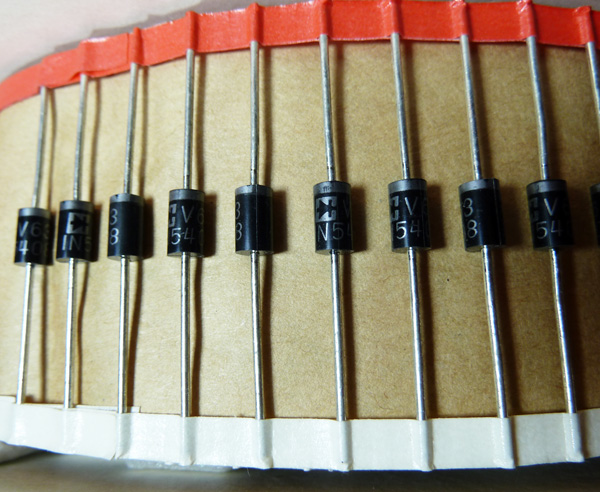Sometimes it is not how good but how bad your equipment reproduces sound. In a previous hackaday post the circuitry of a vintage transistor radio was removed so that a blue tooth audio source could be installed and wired to the speaker. By contrast, this post will show how to use the existing circuitry of a vintage radio for playing your own audio sources while at the same time preserving the radio’s functionality. You will be able to play your music through the radio’s own audio signal chain then toggle back to AM mode and listen to the ball game. Make a statement – adapt and use vintage electronics.
Pre-1950’s recordings sound noisy when played on a high-fidelity system, but not when played through a Pre-War console radio. An old Bing Crosby tune sounds like he is broadcasting directly into your living room with a booming AM voice. You do not hear the higher frequency ‘pops’ and ‘hiss’ that would be reproduced by high-fidelity equipment when playing a vintage recording. This is likely due to the fact that the audio frequency signal chain and speaker of an antique radio are not capable of reproducing higher frequencies. Similarly, Sam Cooke sounds great playing out of an earlier transistor radio. These recordings were meant to be played on radios from the era in which they were recorded.
Choosing an Antique Radio
Vintage radios can be found at garage sales, estate sales, hamfests, antique shops, antique radio swap meets, and Ebay. Millions of radios have been manufactured. People often give them away. For this reason, antique radios are relatively inexpensive and the vast majority are not rare or valuable.
Generally speaking, tube radios must be serviced and may not even work. Transistor radios often work to some level. Try to find a radio that is clean and uses a power supply transformer or batteries.
Click past the break to learn how to restore these radios to working condition

















